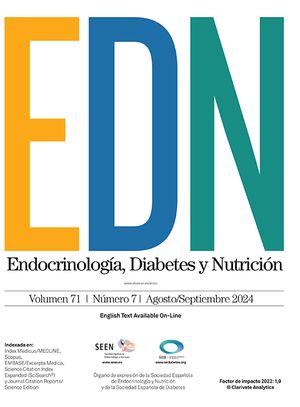En pacientes con disfagia, la gastrostomía endoscópica percutánea es superior a la sonda nasogástrica en cuanto a una mayor recuperación de peso y masa corporal, una menor mortalidad a las 6 semanas, así como una mayor comodidad y aceptación por parte del enfermo. Por su utilidad, seguridad, bajo coste y fácil mantenimiento es, en estos momentos, de elección en los pacientes con problemas de deglución. La técnica de tracción, por su sencillez, es la más utilizada.
La indicación principal de colocar una gastrostomía es mantener una nutrición enteral en pacientes con sistema digestivo indemne pero que no se puedan nutrir por vía oral y en los que es previsible que su trastorno nutricional se vaya a mantener por un período superior a un mes.
La indicación más frecuente es la disminución de la capacidad de ingesta, ya sea por procesos neurológicos que producen disfagia neumomotora o por enfermedad tumoral de la cavidad orofaríngea, cuello y esófago.
In patients with dysphagia, percutaneous endoscopic gastrostomy (PEG) is more effective in increasing body weight and mass than the nasogastric tube. This procedure produces lower mortality at 6 weeks and is more comfortable and acceptable to patients. Because of its safety, efficacy, low cost and easy maintenance, PEG is currently the method of choice in patients with problems of deglutition. Because of its simplicity, the most frequently used method is the pull technique.
The main indication for PEG is to provide enteral nutrition to those patients with a functioning gastrointestinal tract who are unable to receive oral nutrition for a probable period of at least one month.
The most common indication is inability to ingest food by mouth due to neurological disorders or neoplasms located in the oropharynx, neck or esophagus.




